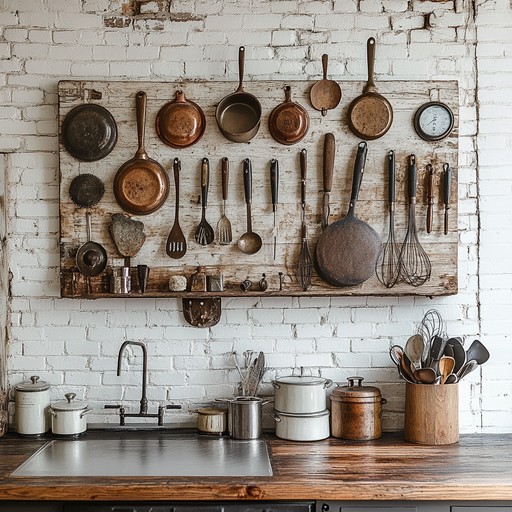
Winter Cast Iron Care: Natural Methods for a Lifetime of Cooking
There's a certain magic to a winter kitchen. The warmth radiating from the stove, the comforting aroma of simmering stew, and the satisfying weight of a well-used cast iron skillet in hand. For homesteaders, these aren't just pleasant sensations; they're the cornerstones of a sustainable lifestyle. Our cast iron cookware is more than just pots and pans – they're heirlooms, workhorses, and vital tools for nourishing our families through the long winter months. Proper care ensures these durable pieces last not just years, but generations. Let’s explore natural methods for maintaining your cast iron this winter, focusing on salt scrub cleaning, oven seasoning with residual heat, and beeswax rust prevention.
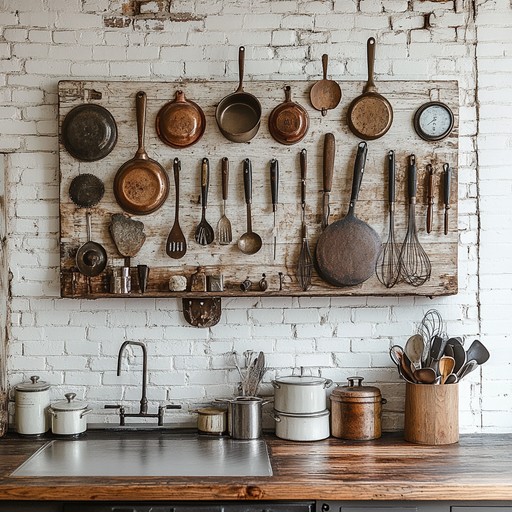
Salt Scrub Cleaning: A Gentle Approach
Forget harsh chemicals and abrasive scrubbers! A simple salt scrub is often all you need to keep your cast iron clean and happy. The coarse texture of the salt gently removes food particles without stripping away the seasoning, while the oil helps to condition the surface. This natural method is far gentler than using soap, which can break down the seasoning over time.
Ingredients:
- 1/4 cup coarse kosher salt
- 2 tablespoons high-oleic sunflower oil (This type of sunflower oil is more stable at high temperatures and less prone to going rancid.)
- Clean cloth or stiff, natural bristle brush
Step-by-Step Instructions:
Immediately after cooking, while the pan is still warm (but not hot!), gently scrape out any excess food particles. A spatula or scraper designed for cast iron works best.
Pour the salt and oil into the skillet.
Using the cloth or brush, scrub the pan in a circular motion. Apply gentle pressure to remove any stuck-on food. You'll hear the satisfying sound of the salt crystals working their magic, loosening stubborn bits. You'll feel the texture of the salt as it gently scours the surface.
Rinse the pan with hot water. Avoid using soap unless absolutely necessary. Soap can remove the oils that create the seasoning on your cast iron. If you must use soap, opt for a mild, castile-based soap and re-season your pan afterward.
Dry the pan thoroughly with a clean towel. Ensure all moisture is removed to prevent rust.
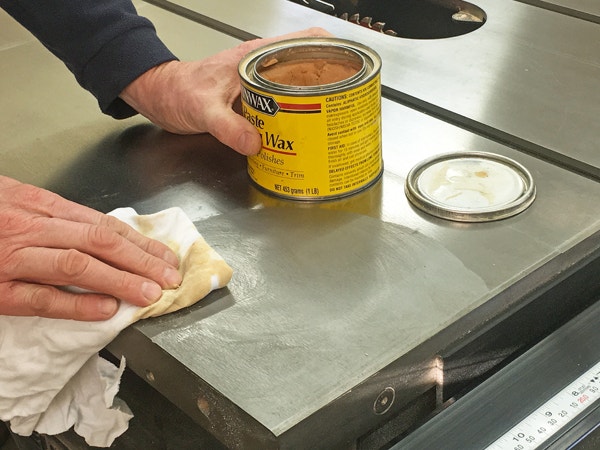
Oven Seasoning with Residual Heat: Energy-Efficient Homesteading
Winter provides a unique opportunity to season your cast iron cookware while minimizing energy consumption. By utilizing the residual heat from your oven after baking or roasting, you can build and maintain a strong, durable seasoning without firing up the oven solely for that purpose. This method is particularly appealing to homesteaders who value resourcefulness and efficiency.
Instructions:
After cleaning and drying your cast iron skillet, place it upside down on the middle rack of your oven. This ensures any excess oil drips downward and doesn't pool in the pan.
Place a baking sheet lined with aluminum foil on the rack below to catch any drips. This will save you from having to clean your oven later.
After baking or roasting something in the oven (e.g., roasting vegetables at 375°F/190°C), turn off the oven and allow the skillet to cool completely inside. The gradual cool-down is crucial for allowing the oil to polymerize and bond to the iron. Avoid opening the oven door during this time.
Repeat this process several times during the winter months to maintain a well-seasoned surface. The more you cook with and season your cast iron, the better it will perform.
For a more robust seasoning, apply a very thin layer of flaxseed oil or grapeseed oil to the skillet before placing it in the oven. Wipe off any excess oil with a clean, lint-free cloth. The key here is thin. Too much oil will result in a sticky, gummy residue. Flaxseed oil is known for creating a hard, durable seasoning, while grapeseed oil is a good all-purpose option.
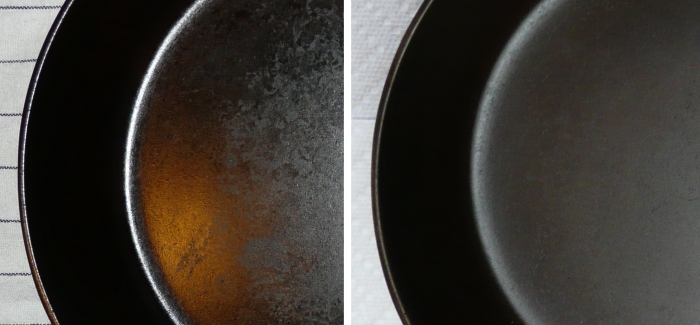
Beeswax Rust Prevention: A Natural Shield
Winter often brings increased indoor humidity, which can pose a threat to your cast iron cookware, leading to rust. While a well-seasoned pan is naturally more resistant to rust, an extra layer of protection is always a good idea, especially during storage. Beeswax provides a natural, food-safe barrier against moisture.
Instructions:
After seasoning, melt a small amount of pure beeswax (approximately 1 teaspoon) in the warm skillet. Ensure the beeswax is 100% pure and food-grade. Look for beeswax from a reputable source, such as a local beekeeper.
Using a clean cloth, rub the melted beeswax evenly over the surface of the skillet, inside and out. Work quickly while the beeswax is still molten.
Allow the beeswax to cool and harden. This will create a protective barrier against moisture.
Before using the skillet, heat it gently to melt the beeswax and wipe away any excess. This ensures your food doesn't take on a beeswax flavor.
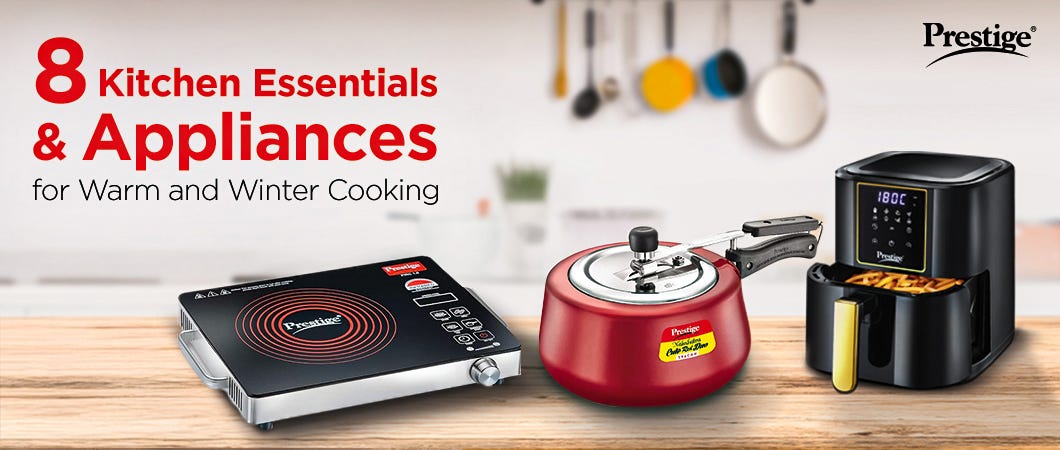
By embracing these natural methods for cast iron care, you're not just maintaining your cookware; you're preserving a piece of homesteading heritage. Properly cared for cast iron will last a lifetime, providing countless delicious meals and becoming a cherished part of your family's story. The investment in time and care is well worth the return in durability, versatility, and the simple joy of cooking with a well-loved piece of iron. Share your cast iron care tips in the comments below!
